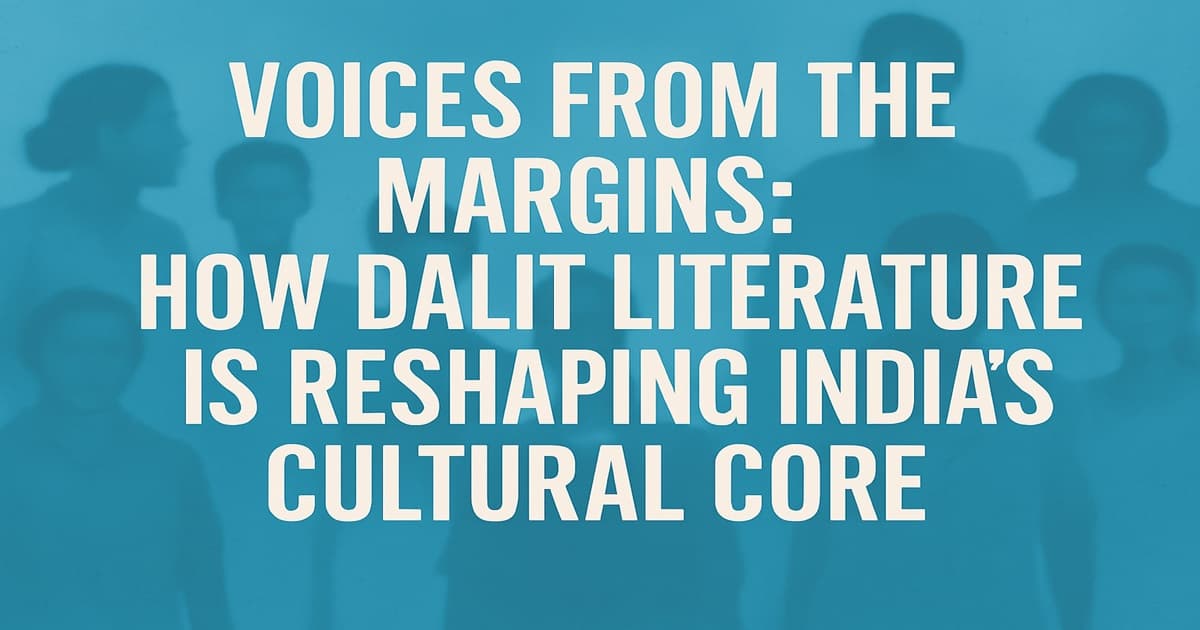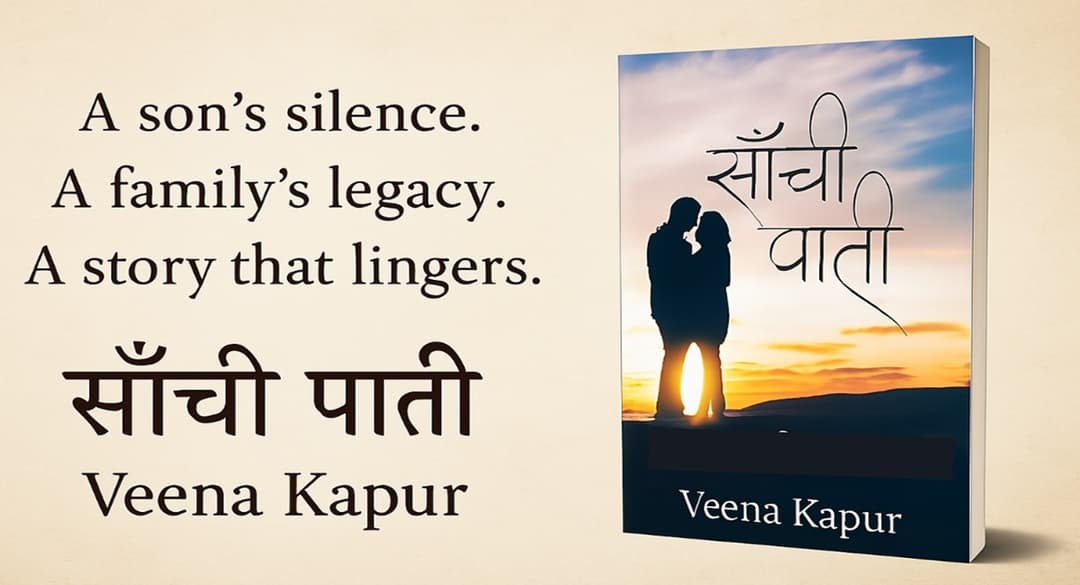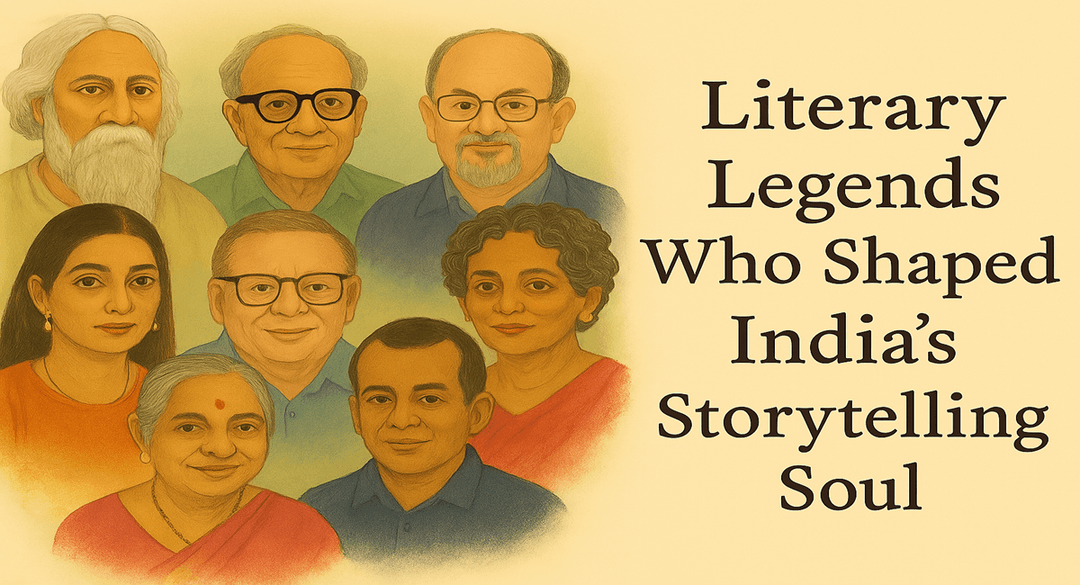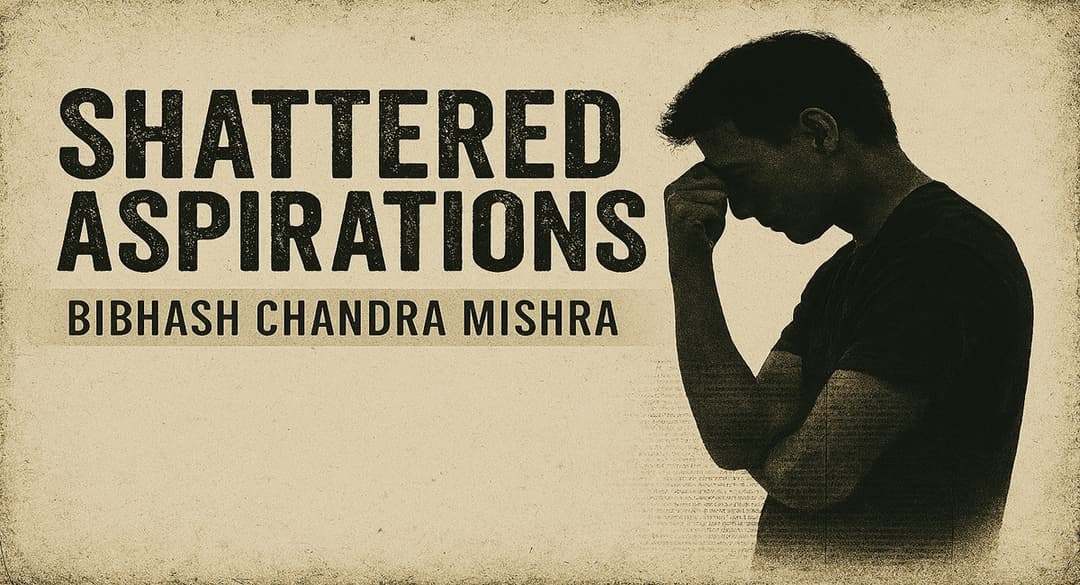Dalit literature represents one of the most powerful and transformative literary movements in modern Indian writing. Born from centuries of oppression and marginalization, this body of work gives voice to the experiences of India's most disadvantaged communities, challenging social hierarchies and demanding justice through the written word.
What is Dalit Literature?
Dalit literature encompasses writings by and about members of India's historically oppressed castes, formerly known as "untouchables." The term "Dalit," meaning "broken" or "oppressed" in Sanskrit, was reclaimed by these communities as a symbol of pride and resistance. This literary movement emerged as a powerful tool for social change, documenting lived experiences of discrimination while asserting dignity and demanding equal rights.
Unlike traditional Indian literature that often romanticized or ignored caste realities, Dalit literature presents unvarnished truths about social inequality. These works serve as both artistic expression and political statement, challenging readers to confront uncomfortable realities about India's social structure.
Historical Origins and Development
Early Foundations (19th Century)
The roots of Dalit literature trace back to social reform movements of the 19th century. Pioneers like Jyotirao Phule began documenting the struggles of lower castes, laying groundwork for future literary expressions. However, systematic Dalit literary movements didn't emerge until the 20th century.
The Ambedkar Influence
Dr. B.R. Ambedkar, architect of India's Constitution and champion of Dalit rights, profoundly influenced this literary movement. His writings on social justice, education, and human dignity inspired generations of Dalit writers to articulate their experiences through literature.
Modern Movement (1960s-Present)
The contemporary Dalit literary movement gained momentum in the 1960s, particularly in Maharashtra. Writers began organizing, publishing, and creating platforms for Dalit voices. This period saw the emergence of magazines, publishing houses, and literary societies dedicated to promoting Dalit writing.
Key Themes in Dalit Literature
Caste-Based Discrimination
Central to Dalit literature is the documentation of caste-based oppression. Writers describe daily humiliations, social boycotts, and systemic exclusion with stark honesty. These narratives expose the brutal realities of untouchability and its psychological impact on victims.
Identity and Self-Assertion
Dalit writers explore questions of identity, dignity, and self-worth in a society that historically denied their humanity. Many works celebrate Dalit culture, traditions, and contributions while rejecting imposed inferiority complexes.
Resistance and Rebellion
Literature becomes a form of resistance against oppressive structures. Writers document both individual acts of defiance and collective movements for social change. These narratives inspire readers to challenge injustice and fight for equality.
Education and Empowerment
Education emerges as a recurring theme, often portrayed as the key to liberation. Many Dalit autobiographies chronicle transformative educational journeys that enabled authors to escape poverty and assert their rights.
Religious and Spiritual Questioning
Traditional Hindu practices that perpetuated caste discrimination face scrutiny in Dalit literature. Many writers explore alternative spiritual paths, including Buddhism, Christianity, or secular humanism.
Prominent Dalit Authors and Their Contributions
Baburao Bagul (1930-2008)
Often called the father of modern Dalit literature, Bagul's short stories in Marathi powerfully depicted urban Dalit experiences. His collection "Jevha Mi Jaat Chorli Hoti" (When I Had Concealed My Caste) remains influential.
Om Prakash Valmiki (1950-2013)
His autobiography "Joothan" became a landmark work in Hindi Dalit literature. Valmiki's unflinching account of childhood humiliations and eventual success as a writer inspired countless readers.
Bama (Born 1958)
This Tamil writer's autobiography "Karukku" brought Dalit women's experiences to prominence. Her work highlights the intersection of caste and gender discrimination, giving voice to doubly marginalized communities.
Arjun Dangle (Born 1945)
A leading Marathi Dalit writer and critic, Dangle has been instrumental in theorizing Dalit literature. His editorial work and criticism helped establish literary frameworks for understanding Dalit writing.
Siddalingaiah (1954-2021)
This Kannada poet and playwright used his work to celebrate Dalit culture while protesting social injustice. His poetry collections brought Dalit experiences to mainstream Kannada literature.
Regional Variations and Languages
Marathi Dalit Literature
Maharashtra pioneered the modern Dalit literary movement. Writers like Namdeo Dhasal, Daya Pawar, and Sharankumar Limbale created a rich tradition of Marathi Dalit writing spanning poetry, fiction, and autobiography.
Tamil Dalit Writing
Tamil Dalit literature gained prominence through writers like Bama, Imayam, and Raj Gouthaman. These authors brought unique regional perspectives to Dalit experiences while addressing local social dynamics.
Hindi Dalit Literature
Writers like Om Prakash Valmiki, Mohandas Naimishray, and Surajpal Chauhan established Hindi Dalit literature's national significance. Their works reached broader audiences across North India.
Other Regional Traditions
Dalit literature flourished in multiple Indian languages including Telugu, Gujarati, Bengali, and Punjabi. Each tradition brought distinct cultural perspectives while addressing universal themes of oppression and resistance.
Literary Forms and Genres
Autobiography
Autobiographical writing dominates Dalit literature, offering authentic first-person accounts of discrimination and struggle. These narratives provide historical documentation while inspiring social change.
Poetry
Dalit poetry serves as both artistic expression and protest literature. Poets use verse to articulate pain, anger, and hope while celebrating community resilience and culture.
Short Stories
Short fiction allows Dalit writers to explore specific incidents of discrimination or moments of triumph. These concentrated narratives often pack powerful emotional and political impact.
Novels
Longer works enable comprehensive exploration of Dalit experiences across generations. Novels can develop complex characters while examining social dynamics in depth.
Drama
Theatrical works bring Dalit stories to live audiences, creating immediate emotional connections. Street theater and community performances make literature accessible to non-literate audiences.
Impact on Indian Society and Literature
Social Awareness
Dalit literature has significantly raised awareness about caste discrimination among educated Indians. These works force readers to confront social realities often ignored in mainstream discourse.
Policy Influence
Literary documentation of discrimination has influenced government policies and legal reforms. Autobiographical accounts provide evidence of systemic oppression, supporting arguments for affirmative action.
Educational Inclusion
Universities increasingly include Dalit literature in curricula, legitimizing these voices within academic discourse. This inclusion helps normalize Dalit perspectives and experiences.
Mainstream Recognition
Dalit authors have received major literary awards, bringing recognition to previously marginalized voices. This acknowledgment validates Dalit experiences and encourages more writers.
Challenges and Criticisms
Publisher Resistance
Traditional publishers initially resisted Dalit literature, viewing it as too political or commercially unviable. This resistance forced Dalit writers to create alternative publishing platforms.
Academic Skepticism
Some literary critics questioned whether Dalit literature met established artistic standards, reflecting biases within academic institutions. These debates revealed how literary canons exclude marginalized voices.
Internal Debates
Dalit literary communities engage in ongoing discussions about authenticity, representation, and artistic merit. Questions arise about who can write Dalit literature and how it should be defined.
Commercial Challenges
Limited market reach and financial constraints continue affecting Dalit publishing. Many important works remain untranslated or unavailable to broader audiences.
Contemporary Developments and Future Directions
Digital Platforms
Internet technology has democratized Dalit literary expression. Blogs, social media, and online publications provide new venues for emerging writers while reaching global audiences.
Translation Movements
Increased translation efforts make Dalit literature accessible across linguistic boundaries. English translations particularly help reach international readers and academic audiences.
Intersectional Perspectives
Contemporary Dalit writers increasingly explore intersections of caste with gender, religion, and regional identity. This complexity enriches literary discourse while addressing multiple forms of discrimination.
Global Connections
Dalit literature now engages with international discussions about race, class, and human rights. These connections position Indian caste experiences within broader global contexts of oppression and resistance.
Reading Dalit Literature: Essential Works
Must-Read Autobiographies
"Joothan" by Om Prakash Valmiki
"Karukku" by Bama
"Upara" by Laxman Mane
"Akkarmashi" by Sharankumar Limbale
Influential Poetry Collections
"Golpitha" by Namdeo Dhasal
"Holi" by Siddalingaiah
Various works by Meena Kandasamy
Significant Fiction
Stories by Baburao Bagul
Novels by Baby Halder
Works by Urmila Pawar
Conclusion: Literature as Liberation
Dalit literature stands as testimony to the human spirit's resilience in facing systemic oppression. These powerful voices have transformed Indian literary landscapes while demanding social justice and human dignity. Through unflinching honesty and artistic excellence, Dalit writers have created literature that educates, inspires, and challenges readers to build more equitable societies.
As India continues grappling with caste-based discrimination, Dalit literature remains more relevant than ever. These works provide both historical documentation and contemporary analysis, offering pathways toward social transformation. For readers seeking to understand India's complex social realities or simply experience powerful storytelling, Dalit literature offers essential perspectives that cannot be ignored.
The movement's evolution from marginalized expression to mainstream recognition demonstrates literature's power to effect social change. As new generations of Dalit writers emerge, this literary tradition continues growing, ensuring that voices once silenced will never again be ignored.




